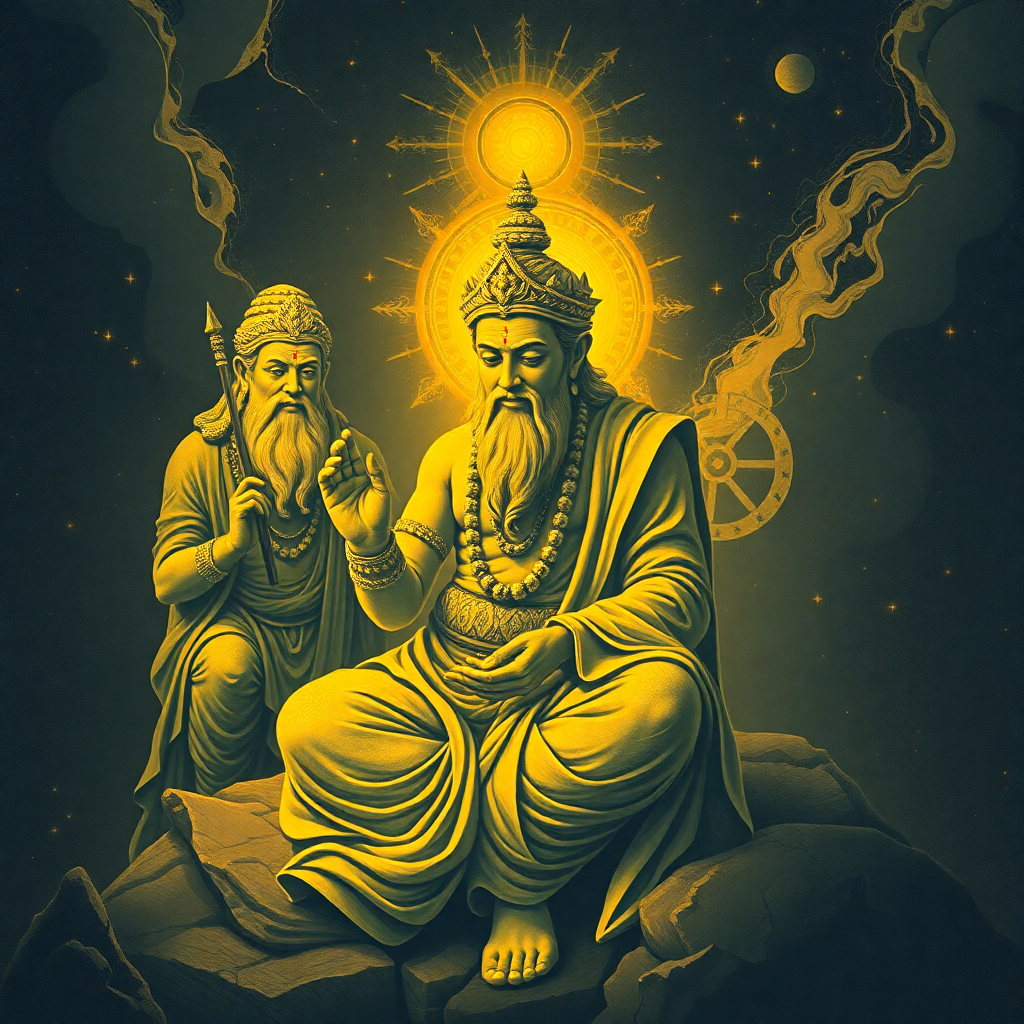How are the Vedas similar to the Bible?
The Bible, particularly through the teachings of Jesus and the letters of Paul, also engages with existential questions, presenting themes of salvation, redemption, and the kingdom of God.
The Vedas and the Bible are two of the most important religious texts in human history. While they originate from vastly different cultures and traditions, there are intriguing similarities between them that invite exploration. Both texts are foundational to their respective faiths, offering guidance, philosophy, and a framework for understanding the universe and humanity's place within it. This blog post delves into the similarities between the Vedas of Hinduism and the Bible of Christianity, examining their content, structure, purpose, and impact on followers.
The Nature of Divine Revelation
At the heart of both the Vedas and the Bible lies the concept of divine revelation. In Hinduism, the Vedas are considered śruti, meaning "that which is heard," believed to be eternal truths revealed to sages and scholars through meditation and spiritual insight. The Bible, specifically the texts of the Old and New Testaments, is regarded by believers as the inspired word of God, provided to humanity through prophets, apostles, and Jesus Christ himself. This divine origin grounds both texts in a sacred authority, giving them immense significance for their respective religious communities.
Structure and Content
The Vedas consist of four main texts: Rigveda, Samaveda, Yajurveda, and Atharvaveda, each serving different functions, from hymns and chants to rituals and philosophical treatises. Similarly, the Bible is divided into the Old Testament and the New Testament, with the Old Testament consisting of historical narratives, laws, poetry, and prophecy, while the New Testament focuses on the life and teachings of Jesus and the early Christian church. Both texts employ a variety of literary forms and genres, which cater to the diverse needs of their audiences, from theological instruction to moral guidance.
Moral and Ethical Teachings
The Vedas and the Bible both contain rich moral and ethical teachings that guide the behavior of their followers. For example, the Vedic texts emphasize concepts such as dharma (righteous duty), karma (the law of cause and effect), and the pursuit of moksha (liberation from the cycle of birth and rebirth). In parallel, the Bible provides moral commandments, such as the Ten Commandments in the Old Testament, as well as teachings on love, forgiveness, and compassion exemplified in the New Testament. These ethical frameworks serve as the bedrock for the moral lives of millions, shaping societal values and personal conduct.
Spiritual Practices and Rituals
Both the Vedas and the Bible provide detailed guidance on spiritual practices and rituals. In Hinduism, the Vedas outline various rites, sacrifices, and ceremonies that form a significant aspect of worship and community life. These rituals are meant to maintain harmony between the divine and the earthly realms. Similarly, the Bible lays out various forms of worship, including prayer, sacraments, and communal gatherings, which foster a sense of community and spiritual connection among believers. This emphasis on ritual reflects the importance of structured practice in both religions, reinforcing their teachings through lived experience.
Philosophical Thought
Philosophically, both the Vedas and the Bible explore profound questions about existence, human purpose, and the nature of the divine. The Upanishads, which are part of the Vedic literature, delve into metaphysical inquiries, addressing the relationship between the individual soul (Atman) and the ultimate reality (Brahman). The Bible, particularly through the teachings of Jesus and the letters of Paul, also engages with existential questions, presenting themes of salvation, redemption, and the kingdom of God. This philosophical underpinning invites followers to contemplate their beliefs and the nature of reality, encouraging a deeper understanding of life and spirituality.

Community and Tradition
Both texts have fostered vibrant communities and rich traditions over centuries. The Vedas have shaped Hindu culture, influencing art, music, and social practices. In a similar vein, the Bible has been central to Christian communities worldwide, inspiring countless movements, denominations, and cultural expressions. Both traditions emphasize the importance of community in the practice of faith, encouraging followers to come together in worship, discussion, and the celebration of shared beliefs, fostering a sense of belonging and shared identity.